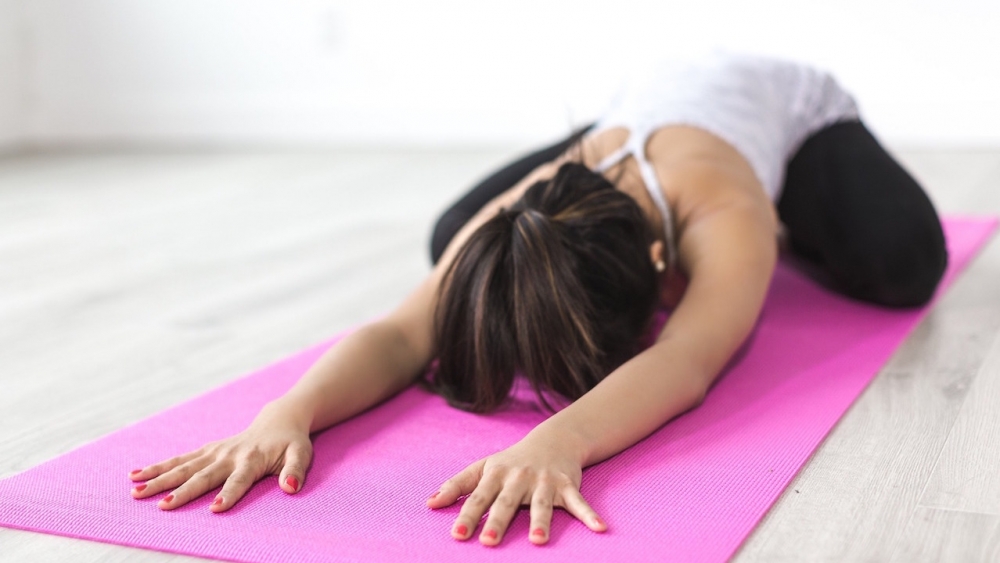All yoga asanas have potential health benefits. There are contra-indications of course. So you need a teacher to guide you. But what I mean is that you can experience yoga even without twisting your body in all forms and shapes. Sometimes the “simplest looking” asanas have the biggest effect!
So many tools…
In my Yoga for MS (Multiple Sclerosis) classes, I mentioned that the sequences in this series include asanas, pranayama exercises and mudras. Let me stress here the variety of tools available in yoga therapy, especially for people with lower mobility. Even though the sequences do not include chair yoga alternatives, people in a wheelchair or people who find it difficult to sit down and stand up can still benefit from the pranayama exercises and mudras given in the sequences.
I encourage people to see Yoga Therapy as a “toolbox”. Open it, try some tools out. Do they work? No? Then try others. Make your own selection!
Here is another idea: why not keep a diary? Just for a little while… Take notes of the benefits – or the lack of benefits – you felt after each breathing exercise, hand gesture or pose. Maybe you will find your own key pose to manage MS fatigue or stress. So next time you suffer from it, you will know exactly what to do.
The power of the breath
Personally I find a lot of comfort in practising breathing exercises. Simply focusing on the breath is relaxing. And the more you relax, the more the chest expands and allows greater air flow in. It is a virtuous circle.
Becoming aware of one’s breath is not just pleasurable, it is essential for your health.
When one is affected by MS – or any other disease- breathing tends to become shallow. Pain, fatigue and stress make it harder to hold a nice straight posture. It is easy to see how the nice virtuous circle becomes a vicious one: shallow breath, bad posture, shallow breath!
So no matter how bad your symptoms are, try to mind your breathing. I know it is easier said than done but try it. Next time you feel bad, focus on your exhalation and let the inhalation happen naturally. Only focus on the exhale. Keep doing it for a few minutes and you will feel a little bit better!
And if you have no particular problem, try the various breathing mentioned in the series. For me, ujjayi breath is both soothing and warming while alternate breathing helps me to relax and relieve headaches. I love Kapalabhati breath too as it gives me a lot of energy. But again, the best is for you to try and find out what helps you most.

